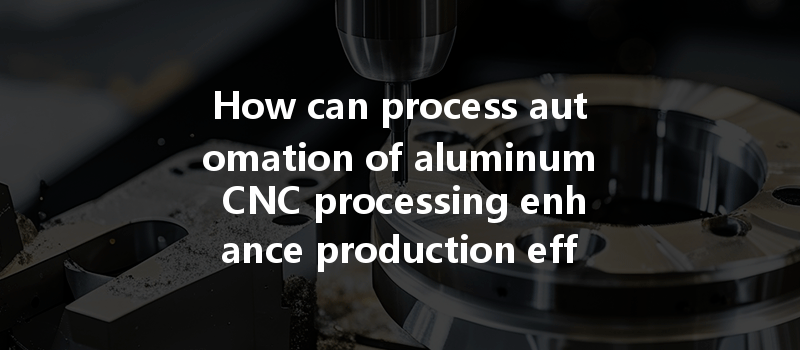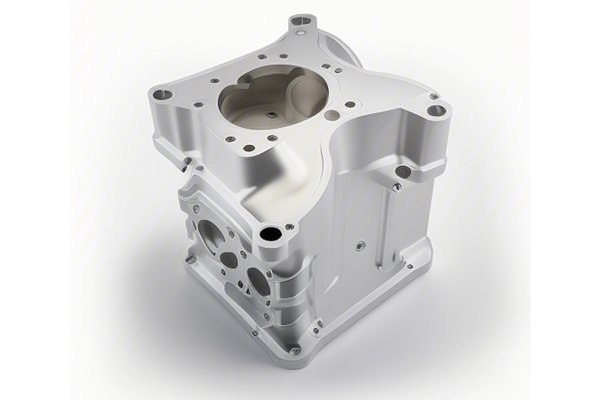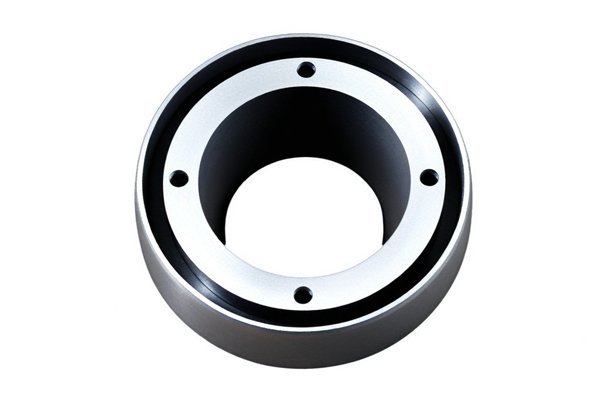Did you know that advanced manufacturing technologies, such as process automation, can enhance productivity by up to 300% in some CNC machining operations? As industries continue to evolve, the adoption of automation in aluminum CNC processing has become essential for businesses striving for efficiency, reduced operational costs, and improved product quality. In this blog, we will explore how process automation can transform aluminum CNC machining processes, provide solutions to common challenges faced in manual operations, and ultimately enhance production line efficiency.
Understanding CNC Machining
CNC (Computer Numerical Control) machining is a manufacturing process that utilizes pre-programmed computer software to control the movement and operation of machinery. CNC machines can produce high-precision parts in various materials, making them indispensable in industries such as aerospace, automotive, electronics, and more. Aluminum, known for its lightweight, durability, and resistance to corrosion, is one of the most commonly used materials in CNC machining.
However, traditional machining methods can be time-consuming, labor-intensive, and prone to human error. This is where process automation comes into play.
The Importance of Process Automation in CNC Machining
Process automation refers to the use of technology to perform tasks with minimal human intervention. In CNC machining, automation can streamline operations, enhance precision, reduce lead times, and minimize waste. Here’s a breakdown of the primary benefits of automating machine processes:
Key Strategies for Implementing Process Automation in Aluminum CNC Machining
To fully realize the benefits of process automation in aluminum CNC processing, companies need to consider several strategies:
Begin by evaluating existing operations and identifying bottlenecks and inefficiencies. This assessment will provide a clear picture of areas that require improvement and help prioritize automation efforts.
Establish specific objectives you hope to achieve through automation. This could include reducing cycle times, increasing production output, or improving product quality. Having clear goals helps in selecting the right technology and measuring success.
Selecting the appropriate automation technology is crucial. Some popular options for CNC machining include:
Ensure that your team is fully trained on the new automated systems. Invest in training programs to familiarize employees with equipment operation, maintenance procedures, and safety protocols.

Before fully integrating automation into your production line, conduct pilot tests. This allows you to evaluate the effectiveness of new processes on a smaller scale, identify potential issues, and optimize settings for better performance.
Once automation is in place, regularly monitor production metrics to assess efficiency and quality. Use this data to continually refine processes and implement adjustments as necessary.
Overcoming Challenges in CNC Automation
While process automation presents numerous advantages, several challenges can arise during implementation:
Case Studies: Successful Automation in Aluminum CNC Processing
To further illustrate the impact of automation in CNC machining, let’s explore a few successful case studies.
Case Study 1: Aerospace Component Manufacturer
A leading aerospace component manufacturer faced issues with manual machining processes, resulting in lengthy lead times and quality inconsistencies. The company decided to automate its CNC machining processes by implementing robotic arms for parts loading and unloading.
Results: The company reduced production lead time by 50% and improved part quality metrics significantly. The consistency of product quality also led to reduced waste and a higher fulfillment rate for orders.
Case Study 2: Automotive Parts Supplier
An automotive parts supplier was struggling with increasing production demands and manual labor shortages. They invested in an advanced CNC machine with integrated automation features.
Results: Within six months, the company experienced a 200% increase in production capacity. The automation of tool changes and programmable machining operations minimized downtime significantly. Consequently, the company improved its market adaptability, reducing the time taken to respond to new client demands.
Case Study 3: Small CNC Machining Business
A small machining business with a narrow profit margin sought to compete with larger manufacturers. They implemented a cloud-based CNC software to streamline their operations.
Results: The new software allowed real-time monitoring of machine performance and inventory levels. The business improved efficiency, reduced production errors, and, as a result, increased its market share.
In conclusion, the integration of process automation in aluminum CNC machining represents a pivotal shift in enhancing production efficiency. From increased productivity to improved precision, automation offers a pathway for manufacturers to remain competitive in a fast-paced market.
By understanding the process, investing in the right technologies, and addressing the challenges head-on, companies can reap the benefits of automation while ensuring a safe and productive work environment.
As industries continue to embrace digital transformation, the question isn’t if you should automate but rather how effectively you can implement automation strategies. Investing time and resources into automating CNC processes is not just a trend; it is a strategic decision that can determine the future success of your manufacturing operations.
In an era where efficiency, quality, and adaptability are non-negotiable, automating aluminum CNC processing is an opportunity businesses cannot afford to overlook. As you evaluate your operations, consider how adopting these technologies can serve as a key to unlocking your organization’s full potential. Your competitors are likely already on this path—will you join them, or will you be left behind? The choice is clear; it’s time to embrace automation and elevate your CNC machining processes to new heights.






